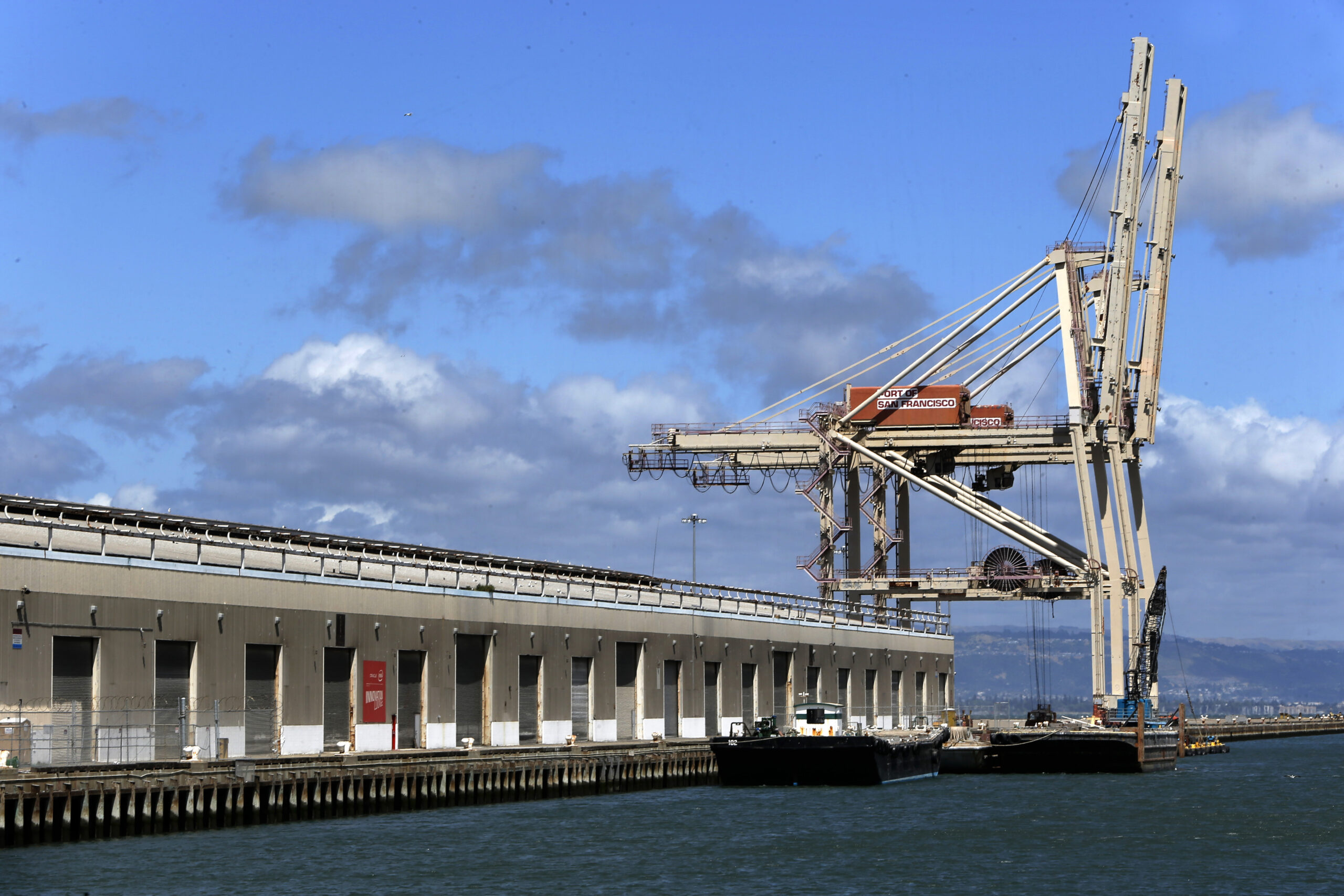The Port of San Francisco could lose almost a quarter of its budget next year, more than any other city department. But while other departments facing cuts have denounced Mayor Breed’s recently released proposal, leadership at the port remains surprisingly cool-headed about the situation.
That’s because the $43 million cut is coming out of the port’s biggest budget in years—a figure bolstered by Covid-era assistance money. So what looks like a budget slash is actually a return to the budget of a typical year.
In fact, the port, which funds most of its own operations, expects to ride a wave of resurging tourism, including record numbers of cruise passengers, to exceed pre-pandemic revenues this year.
“Covid really hit us pretty hard,” port Acting Chief Financial Officer Nate Cruz told The Standard. “We have since rebounded.”
The San Francisco port manages more than 7 miles of the city’s waterfront along the bay, running from Fisherman’s Wharf in the north down to Heron’s Head Park in the south. The port is the steward of the many iconic landmarks that sit on the city’s Embarcadero, including the historic Ferry Building and Oracle Park. Cruise ship docks, commercial fishing launches and industrial piers are also all managed by the port.
Rent from those tenants, including the Giants, make up about 75% of the port’s revenue, Cruz explained. Many of the port’s renters pay a portion of their earnings to the department as part of their lease agreements. When Covid hit, cruise ships were shut down completely, ferry commuters stayed home and many waterfront restaurants shuttered. At its worst, revenue for the department cratered by 40%, with unpaid rent owed to the port climbing to over $35 million, Cruz said.
Unlike most other city departments, the port doesn’t get money from San Francisco’s general fund of taxpayer dollars. Instead, the enterprise needs to support itself by bringing in cash from its real estate portfolio and maritime operations.
So coming off a disastrous year of Covid, the port slashed its budget by 26% to about $92 million in July 2021, restocking its reserves by pulling back over $19 million from long-term project funds. Then came the Covid assistance cash.
California awarded the port $117 million in Covid relief funds, money that trickled down from the federal American Rescue Plan Act. So in the fiscal year beginning in July 2022, the port’s budget more than doubled, landing at nearly $194 million.
The relief funds have been a boon for the port. Not only did the department avoid 30 layoffs, but it also managed to set aside over $80 million for long-term capital projects. That included money for dredging cargo and cruise ship berths, improving bollards—aka posts that secure ships to piers—and purchasing a crane barge.
There’s a lot less port money earmarked for major capital improvements in the proposed budget for next year—$34 million. That difference makes up much of the seemingly drastic dropoff in the mayor’s proposal. And fortunately, the port’s finances have bounced back enough to stay even-keeled as the Covid relief funds get phased out, Cruz explained.
The port needs that stability; its most recent 10-year capital plan calls for a nearly $2 billion investment to keep the waterfront in good shape.
It’s a never-ending fight with the bay, said port Communications Director Justin Berton. “As long as there’s water in front of San Francisco, we will need to pay money to defend against that.”
